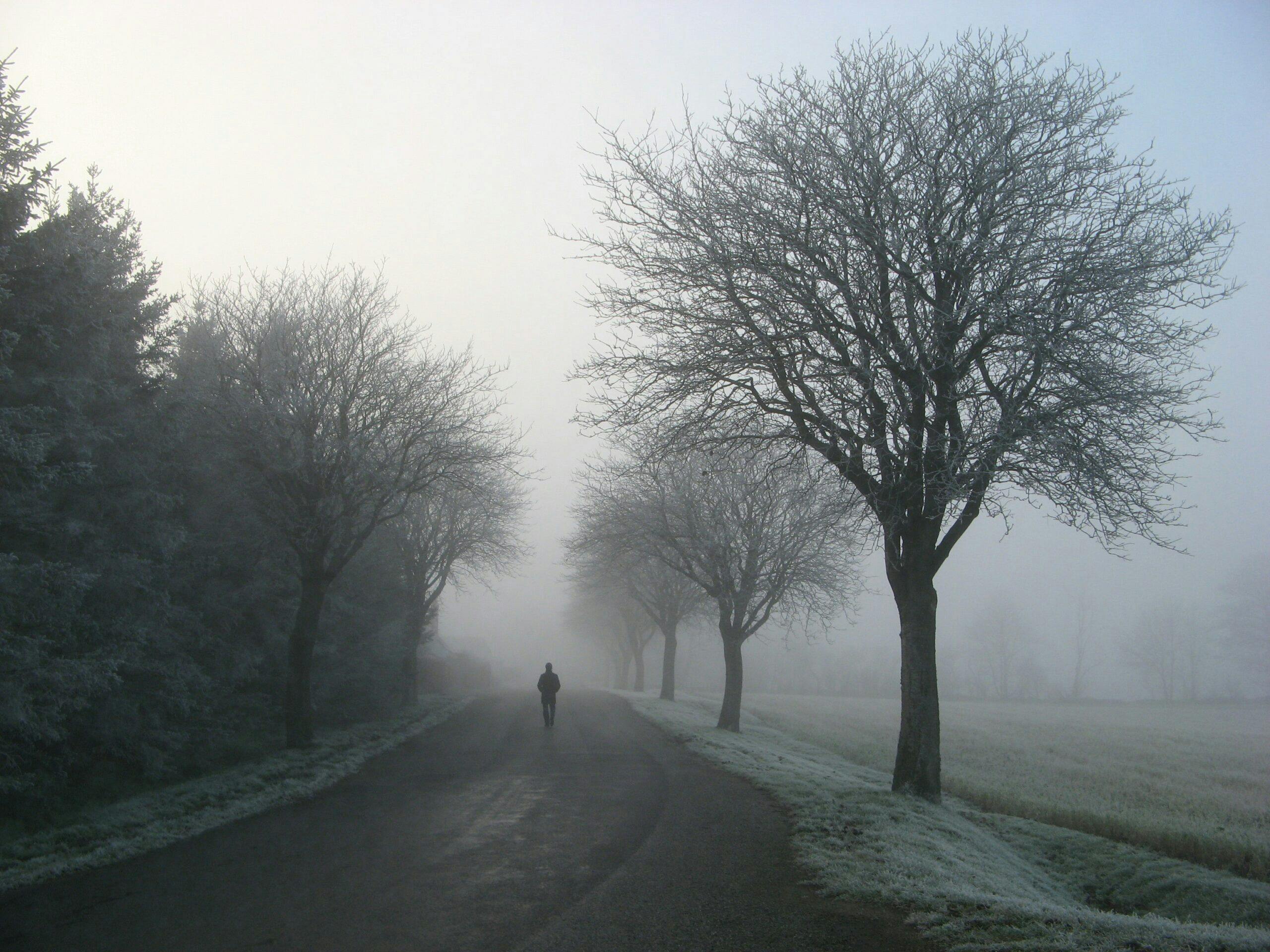
As the seasons are changing, fall turns to winter, days are becoming shorter and the weather is becoming colder. For many, this shift to decreased sunshine can lead to changes in mood and activity level commonly known as SAD. SAD, or Season Affective Disorder, is a mood disorder characterized by depression that occurs at the same time every year, typically starting in the fall/winter and ending during the sunnier months in the spring/summer. Symptoms can include fatigue/low energy, weight gain, oversleeping, and feeling depressed. Read more to learn the top tips for finding motivation this winter!
Though the specific factors that cause SAD are unknown, according to the Mayo clinic, some factors that come into play include:
Circadian rhythm (your biological clock): Reduced daylight during the fall and winter can disrupt your internal clock which can lead to feels of depression and fatigue.
Serotonin Levels: Reduction in sunlight can also affect the production of serotonin in your brain, a neurotransmitter that plays a roll in our feelings of happiness.
Melatonin Levels: Season changes also can disrupt our bodied melatonin levels and ultimately changing our sleep patterns which affects mood.
On average, SAD affects millions of people each year in the United States. There are many ways to address SAD, including light therapy, psychotherapy, and medication. However one of the easiest ways to manage SAD is through exercise. Research has found that a lot of people can control SAD with 30-60 minutes of exercise and 20 minutes of sunlight exposure each day (Rosenthal, 2006). This research highlights the importance of continuing to exercise throughout the winter months, despite the weather changes.
Top Winter Motivation Tips:
- Eat a balanced diet: Add fruits, vegetables, grains and protein to your diet.
- Drink 6-8 glasses of water each day
- Exercises outside in the daylight: Arrange your schedule to start or end later or earlier so that you can get outside during the daylight. Some exercises can include: walking, jogging, skiing, or bike riding.
- Dress for success: During colder months layer clothes for warmth and comfort. Fast drying fabrics such as polyester wick away moisture to help keep you warm so you are able to continue with outdoor activities.
- Have a back up plan: Create an alternative exercise routine for days when the weather may not be ideal (rain or snow storm), this can be an exercise video, treadmill, stationary bike or even an exercise class. Having a back up plan on hand can help keep you in a routine to stick with exercising even when the weather may not be ideal.
- Engage with others: Have your friends, kids, or pets join you during your activity. Adding a social aspect to activity can make exercise feel less like a chore and can increase your motivation .
If you find that you are de-conditioned or having pain with exercise consider seeking professional help from a physical therapist or doctor to figure out the cause of your pain develop a program to make you successful. Physical therapy is a great resource in managing multiple conditions throughout the body, including chronic pain and de-conditioning. For more information on how Action Potential can help you, request an appointment today.
